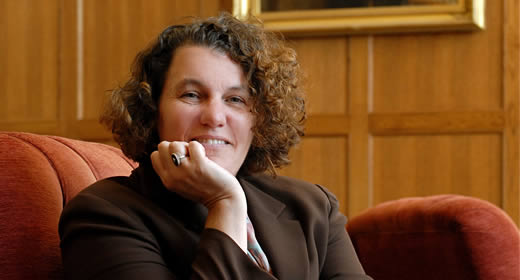
Susan Dynarski’s latest New York Times Upshot contribution explores “How to use tax credits to increase college attendance.”
“Taxpayers will file for $20 billion in tax credits for college expenses they paid in 2015, but while those who get [the credits] will no doubt be happy, new evidence shows they have no effect on encouraging people to attend college,” writes Dynarski.
In fact, between tax credits, interest and tuition expense deductions, and tax-advantaged savings accounts, Dynarski estimates that the federal government spends $30 billion annually on tax benefits for college. That’s “about half of what the government spends on elementary and secondary education and two-thirds of what it spends on Pell Grants, which subsidize costs for low-income college students,” she writes.
Unfortunately, new research shows that the largest portion of these investments, the tax credits, has no effect on increasing education. Dynarski attributes this to a few factors, including the fact that credits primarily go to middle- and upper-income families, that credits are delivered too late to impact enrollment decisions, and that tax benefits are unnecessarily complex.
Dynarski offers several suggestions for restructuring tax credits so they increase college attendance. “With a simplified application, and dollars delivered at the right time, the $30 billion now spent on tax [benefits] could open college to many more students,” she writes.
Susan Dynarski is a professor of public policy at the Gerald R. Ford School of Public Policy, a professor of education at the University of Michigan's School of Education, and a professor of economics at the University of Michigan's College of Literature, Science, and the Arts. She is co-director of the Ford School’s Education Policy Initiative, which engages in applied, policy-relevant research designed to improve educational achievement and outcomes.